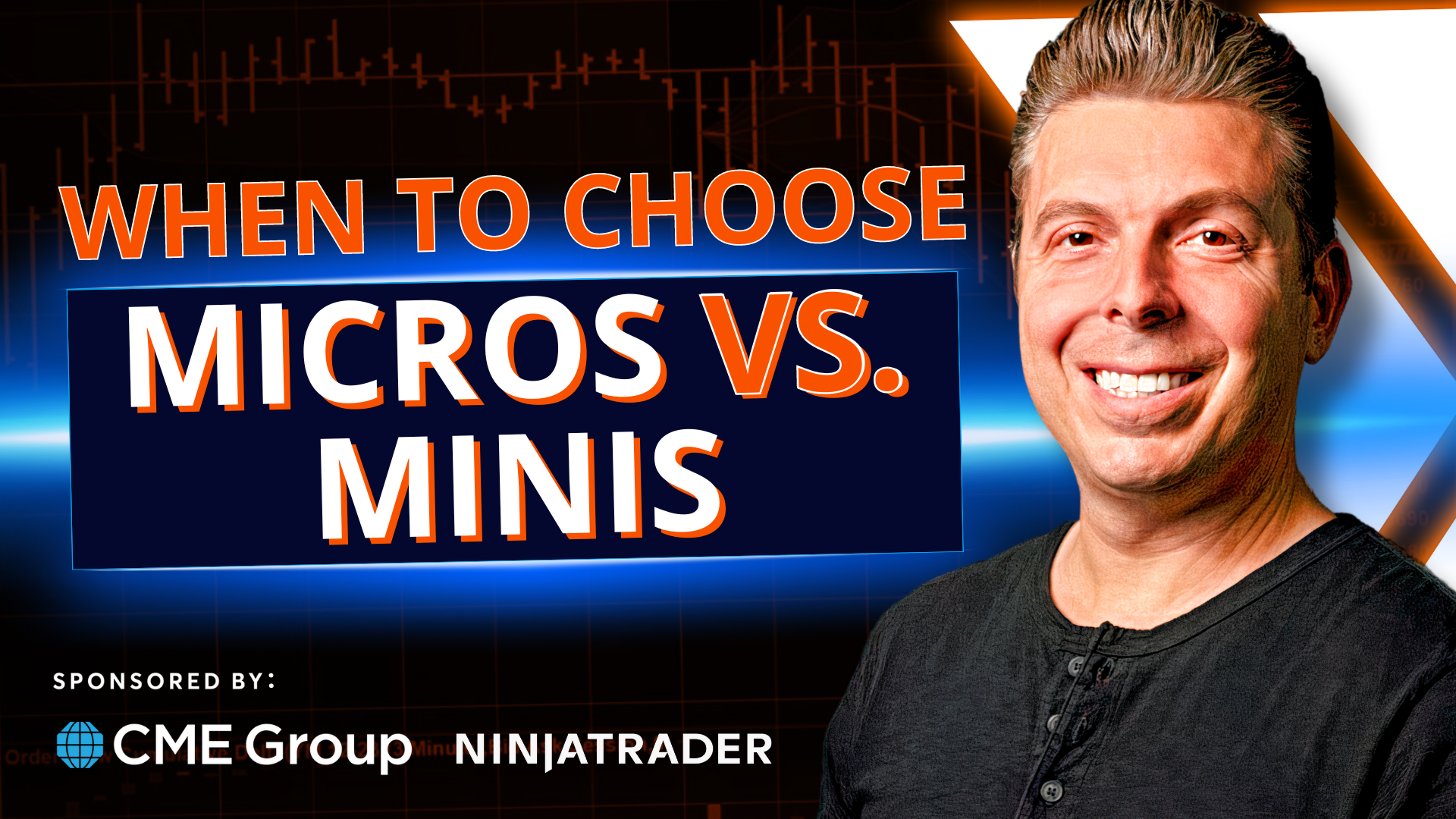Spreading, a trade in which you simultaneously buy one futures contract and sell another, is a popular strategy among many different asset classes. One reason they are popular is because they can be less risky when compared to outright futures. And because they are less risky, they also tend to have lower margin requirements.
Trade Futures for Less!! Keep your futures trading costs low through deep discount commissions & low margins. Experience NinjaTrader’s award-winning futures brokerage services and personal support. Click here to check out NinjaTrader!
INTRAMARKET SPREADS
Intermarket spreads are also referred to as calendar spreads, involve buying a futures contract in one month while simultaneously selling the same contract in a different month. One example would be the buying the March 2022 Eurodollar futures contract and selling the March 2024 Eurodollar futures contract. Calendar spread traders are primarily focused on changes in the relationship between the two contract months.
INTERMARKET SPREADS
They involve simultaneously buying and selling two different, but related, futures with the same contract month in order to trade on the relationship between the two products.
For example, the Gold-Silver Ratio spread is a tool for trading on the relationship between Gold and Silver futures prices.
COMMODITY PRODUCT SPREADS
Commodity product spreads involve buying and selling futures contracts that are related in the processing of raw commodities. For example, the Soybean Crush involves buying Soybean futures and selling Soybean Meal and Soybean Oil futures.
The participants in this spread are able to simulate the financial aspects of soybean processing, that is, buying soybeans, crushing them and selling the resulting soymeal and soybean oil. The Soybean Crush spread allows processors to hedge their price risks, while traders will look at the spread to capitalize on potential profit opportunities.
SPREAD MARGINS
One of the attractions of spread trading is the relatively lower risk versus outright futures positions, and the subsequent lower margins. Assume, the outright margin for Soybean futures is at $3,000 and the outright margin for Corn futures is $1,500.
Rather than posting $4,500 to trade a spread on these two contracts, a trader may receive a 75% margin credit; in other words, the initial margin would be $1,125, which reflects the lower risk in spreading the two contracts as opposed to trading each of them outright.
There are many spread strategies that allow market participants to manage risk and capitalize on potential opportunities. Thank you for watching the Benefits of Futures.
Past performance is not indicative of future results.







